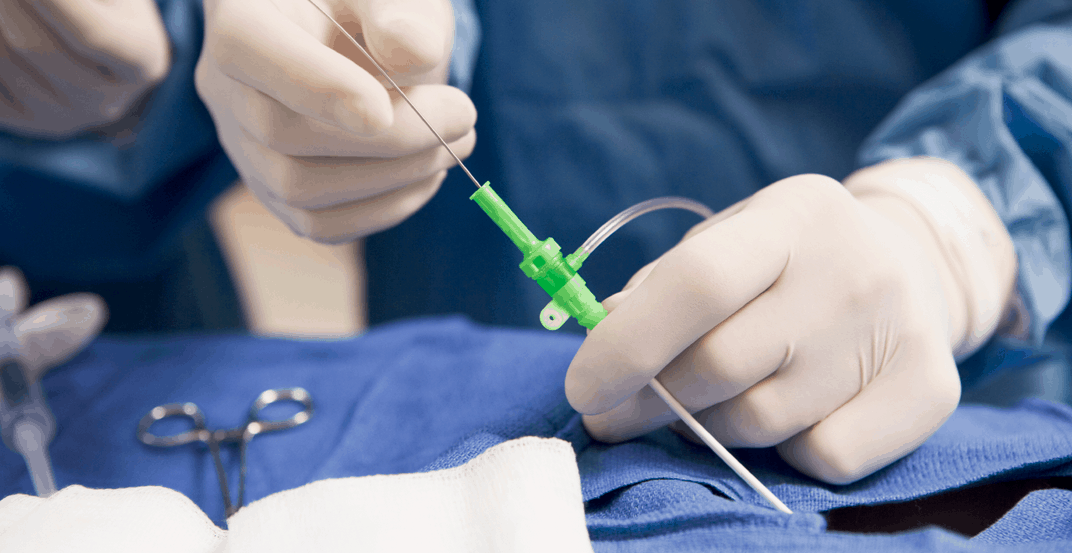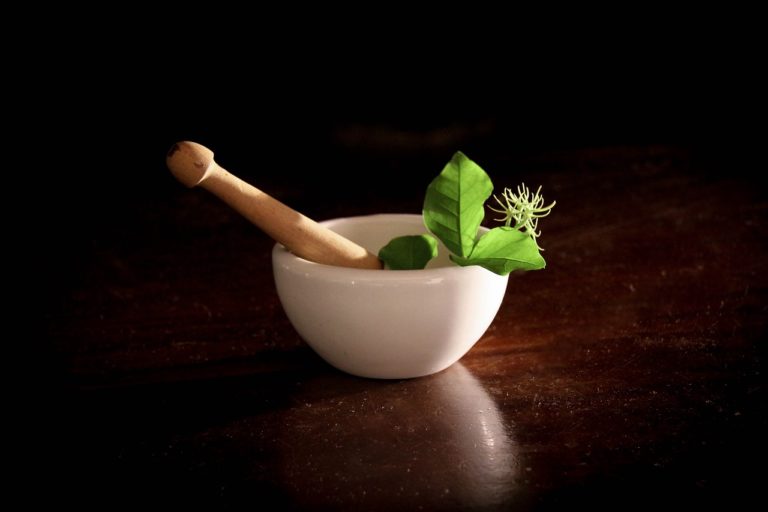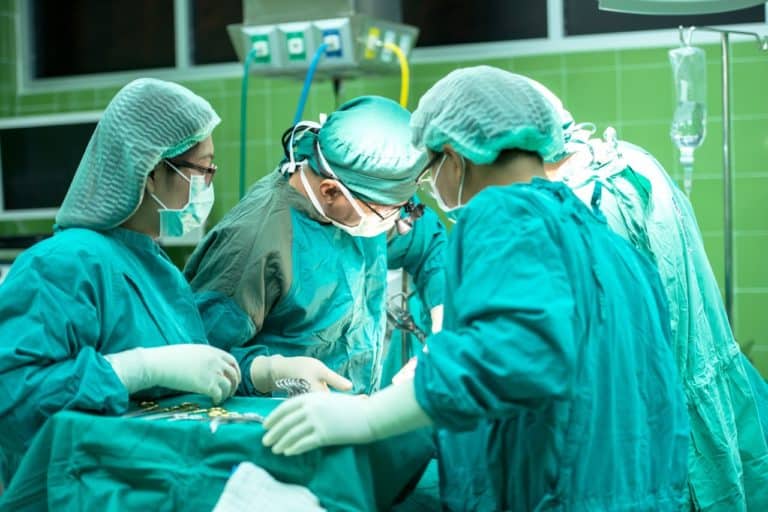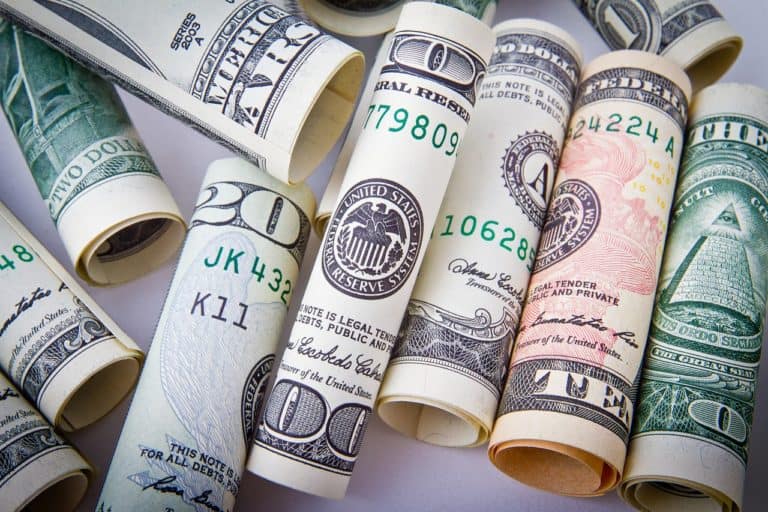So you’ve overcome your fear of prostate exams and have finally gotten the ordeal over with. Hopefully, your doctor has informed you that all is well and there is no cause for concern. But in the event that your doctor does detect any abnormalities, such as a potentially cancerous growth, he will recommend that you undergo additional testing. One of those tests might be a prostate biopsy. A biopsy removes small samples of tissues so that they may be examined. While a prostate biopsy might not exactly be enjoyable, it can grant you peace of mind if the results are negative for prostate cancer. Even if the results are positive for prostate cancer, it’s always best to know about the condition sooner rather than later.
Preparing for the prostate biopsy
To prepare for any medical procedure, it’s important to share your full medical history with your doctor. That includes any medical conditions you have and any medications or supplements you are taking. Tell your doctor whether you have any allergies, particularly any allergies to latex or anesthetics. If you are going to have general anesthesia for the procedure, your doctor will tell you when you must stop consuming foods and liquids.
Your doctor may instruct you to use an enema if the biopsy will be performed via the rectum. Some doctors may also prescribe an antibiotic to prevent infection, which should be taken with only a small sip of water if you are going to have general anesthesia.
Prostate biopsy procedures
There are three different methods that your doctor might use to perform the prostate biopsy.
Transrectal Biopsy
A transrectal biopsy is commonly used. The doctor inserts the needle through the walls of the rectum. He will use transrectal ultrasound (TRUS) to guide the needle.
For a transrectal biopsy, you can expect to lie on your side with your knees drawn up, or the doctor might have you lie on your stomach. After applying a local anesthetic, the doctor will pass the ultrasound probe into your rectum. A hollow, spring-loaded needle will be used to take between 6 to 12 tissue samples. You may briefly feel discomfort every time the needle takes a sample.
Transurethral Biopsy
A transurethral prostate biopsy means that the doctor will access the prostate gland through your urethra. For this procedure, the doctor may use general, spinal, or local anesthesia. Expect to lie on your back with your feet in the stirrups. A cystoscope will be inserted into your urethra. This is a small, lighted scope that allows the doctor to see your prostate gland. Your doctor will then pass a cutting loop through the cystoscope to remove tissue samples.
Transperineal Biopsy
Transperineal biopsies are not used as commonly as the first two methods. This method requires an incision in the perineum. Your doctor might recommend general or local anesthesia. Expect to lie on your side or on your back. Your doctor will make a small incision in the perineum. He will then insert a finger into your rectum to stabilize the prostate gland. A needle will be passed through the incision to collect several tissue samples from the prostate gland. Once the doctor has collected enough samples, he will place a bandage over the incision.
When the results of your prostate biopsy are available, discuss them with your doctor. If the biopsy determined that you have prostate cancer, it will be graded and staged so that the doctor can develop a treatment plan.
Read more in our Prostate Cancer Health Center.







